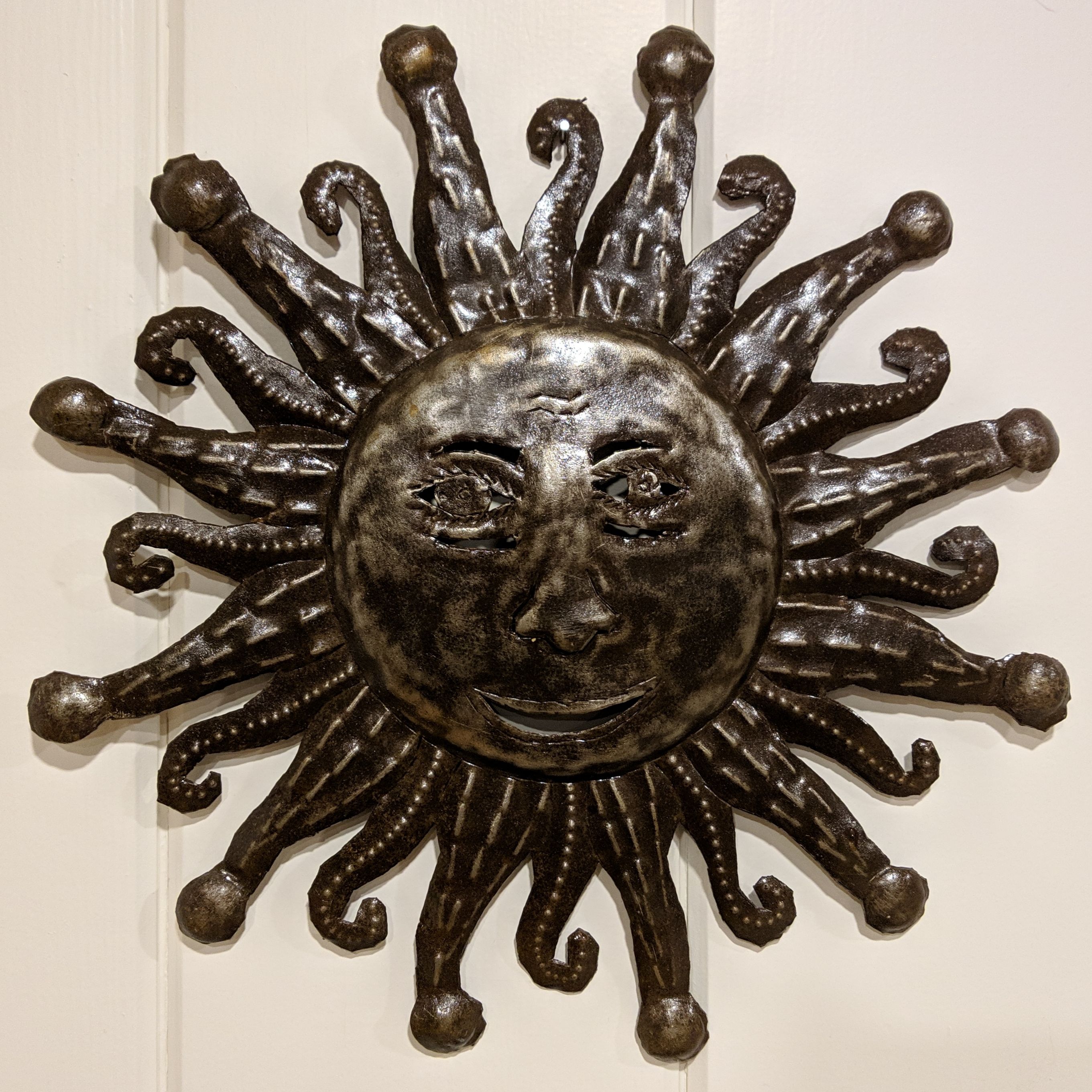I don’t get it. They’re colored lights. I think of my self as a pretty tech-savvy GenXer, and I’m kind of a lighting geek, but I can’t for the life of me figure out why I would want a lamp to be a particular color (other than 2800/3000/3200K) .
Note: I have 95CRI 3200K LED lighting in my kitchen and office where I spend most of my time and I have Caseta programmable/networked lights in the house. I’ve never felt the need to actually use the networking feature. What am I missing with Hue?
I don’t have philips hue, but I suppose you could change the mood of a room depending on the lighting. Scary movie? Red… hearing a podcast about nature? Green…
That said, I find Philips hue to be overpriced. They’re very expensive for what they do.
I don’t buy the colored lights myself, but I will still only buy Hue for three reasons:
[1] Reliability - in my experience, Hue bulbs literally last for years, don’t glitch or flicker, and always respond immediately. I have some Hue bulbs in my house that have been running 24/7/365 for about 8 years.
[2] Proper ZigBee protocol implementation - I run Home Assistant with a third party ZigBee controller. Because Hue adheres to the ZigBee protocol, my controller is fully able to control all Hue bulb functions (including the color stuff) without requiring the use of the Hue Hub. It’s not even plugged in.
The controller also allows me to use any protocol-compliant ZigBee device that “requires” the use of a hub, without the hub, which means no data is sent out of my network from these hubs to cloud servers somewhere, which increases my security.
[3] Hue bulbs are powerful ZigBee mesh network repeaters - they are the backbone of my Home Assistant network. The placement of at least one in every room strengthens the network and allows non-repeater battery-powered ZigBee devices (like motion sensors) to pass their data through the network to the controller more quickly and efficiently than they would if my bulbs were a) cheaper models with weaker signals, b) bulbs with incomplete ZigBee protocol compliance, or c) non-ZigBee bulbs (like wi-fi models).
The strength (and thus, range) of the Hue ZigBee signal also allows for the usage of smart devices at the edge of my network - like an automated pet food dispenser in a room with no plugs and an old, definitely not ZigBee fluorescent tube light.
Huh. Fair point regarding zigbee and repeaters - I can see value there for the right system.
Smart home features and adjustable color temp/brightness are what I like.
If you’re already tech-savvy and are powering your smart lights with appropriate bulbs and a Lutron system then you are almost exactly the target audience. Hue is just an alternative, easier to set up (proprietary) ecosystem.
I think part of my awe is that I have a well lit house and the cost to re-lamp would be astronomical. Most major rooms in my house have between 8 and 14 can lights (or led equivalent). Maybe 100 lamps in all? Might be more interesting/affordable with just 1-2 lamps per room.
Very jealous. I’ve got about twenty bulbs and that covers my entire house. I think more lighting from more sources would be more pleasing.
It makes for more even lighting with relatively high max brightness and no dead spots. Rather than having multiple individual lights, nearly all of these areas are on high quality dimmers so if I want low or ambient light I can get it, and it achievable with a single control. My day job is in the architecture world (engineer) so I see what’s possible when someone is actively designing spaces for maximum comfort or utility. The first time I saw 98CRI/3200K gallery LEDs I was blown away. It would be another 5 years before prices would drop and I could afford (close to) that quality, but even then I had to seek it out.
Are there resources on lighting best practices? Would love to invest some money and energy here.
I’ve never been fully satisfied with the lighting in my living spaces.




